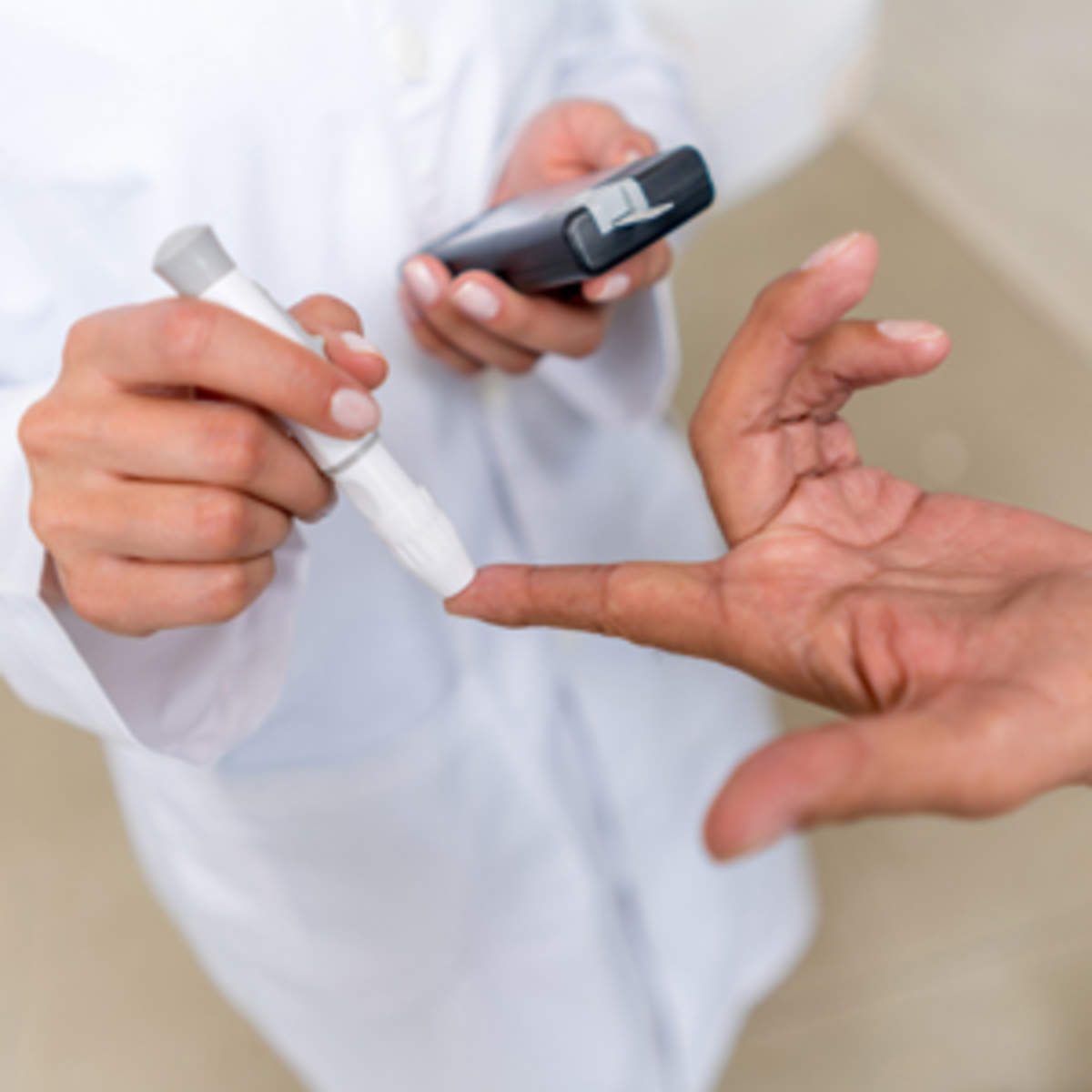Since a blood test is the only way to be sure diabetes is present, it makes both type 1 and type 2 diabetes able to sneak up on you. This is why knowing your diabetes risk is so important.
Since 90% of diabetics have type 2, here's a good risk test to take. If you fit any of these statements you should get your blood sugar tested, and not just once but every year or so. That way type 2 diabetes won't sneak up on you.
Whichever type of diabetes you may have, it's important to be educated and take steps to prevent it from getting any more severe. The first step for a doctor to know about your glucose level, is to have a reading of it over several months. This is done using a click here A1C test. Use diet and exercise to keep the complications of diabetes at bay. Of course, if you choose to simply manage your diabetes the medication is a valid course. Sometimes multiple medications and insulin are needed to control blood sugar levels.
There are two ways that type 2 Diabetes occurs. The first is when the pancreas can not produce enough insulin. When this happens the sugars continue to float around in the blood. They can't get into the body's cells. This causes high blood sugars.

When it comes to diet, the general rule for diabetics is low fat, low salt, low sugar, low carbohydrates, and high fiber diet. Snack in between meals is also recommended in order to regulate blood sugar levels in the body.
There are two types of diabetes, type 1 diabetes and type 2 diabetes. Type 1 diabetes is also known as juvenile diabetes. This form usually appears during childhood or pre-adulthood, but it can begin at any age. In type 1 diabetes glucose enters the bloodstream just like it does in a healthy person. The problem is the pancreas. In type 1 diabetes the cells in the pancreas produce too little or no insulin at all because the cells have been destroyed by the immune system. People with type 1 diabetes must inject or infuse insulin themselves. They also must keep an eye on their diet and how much they exercise.
Diabetes, like many 'age related' diseases, is very preventable. Anyone interested in anti-aging or being as healthy as possible as long as possible should know how to prevent diabetes.